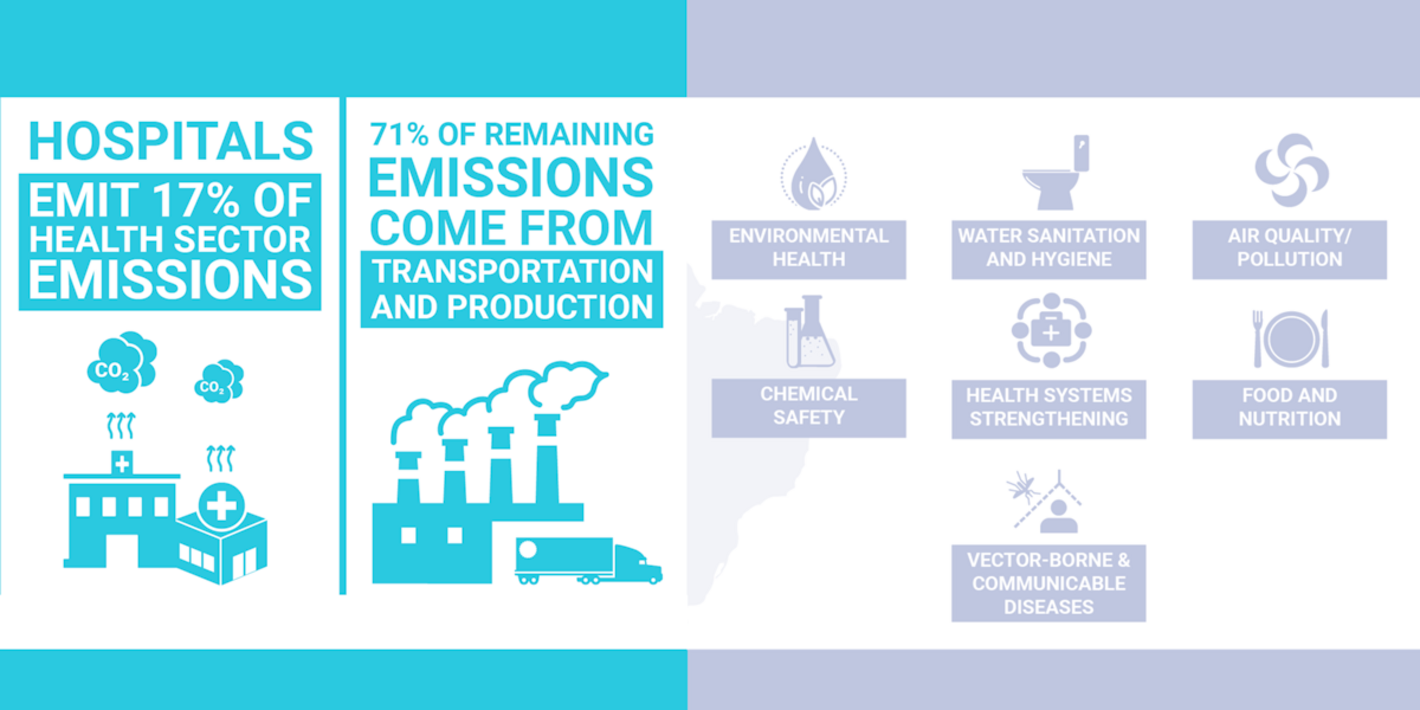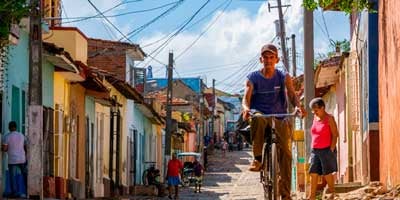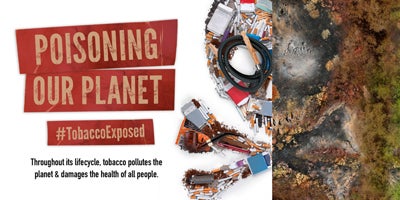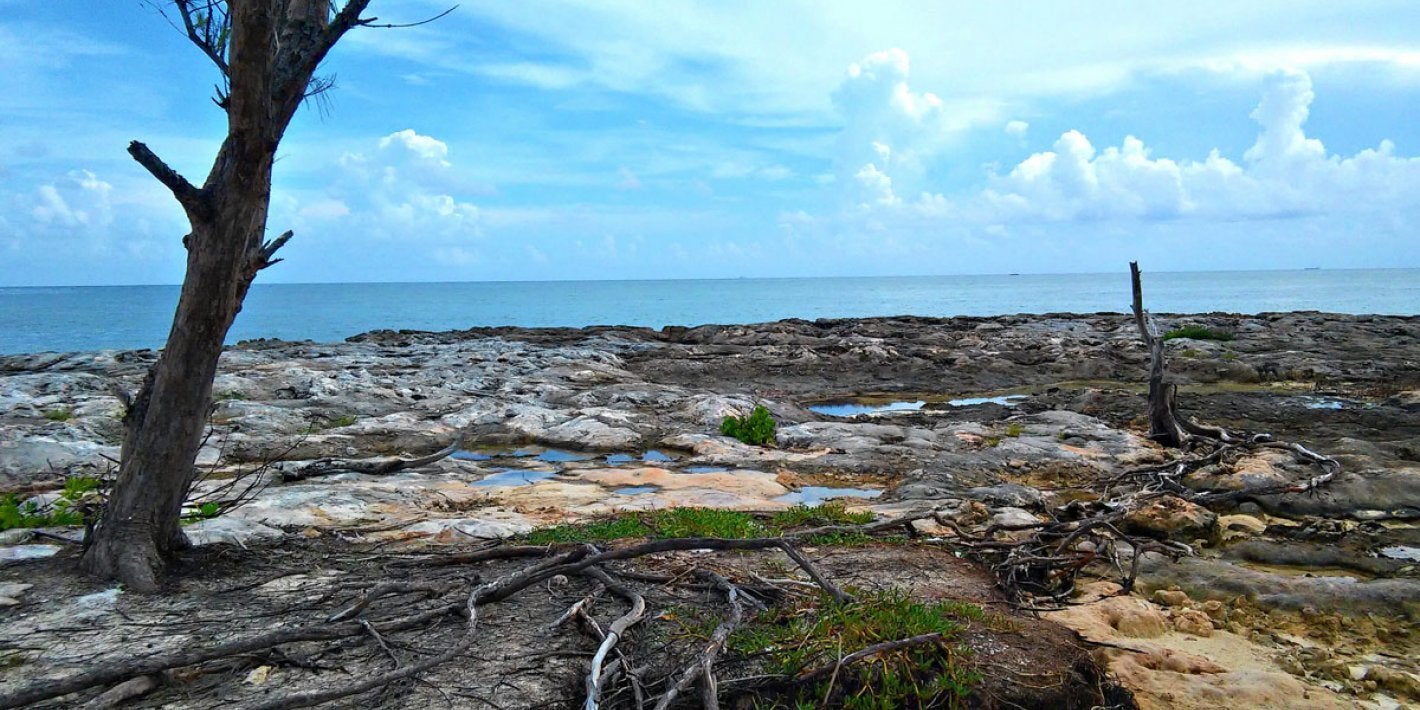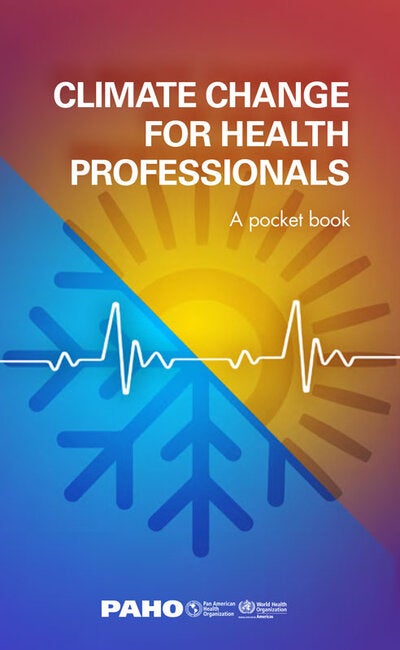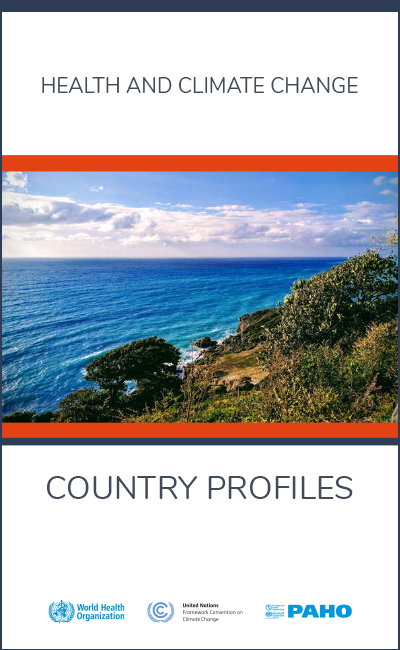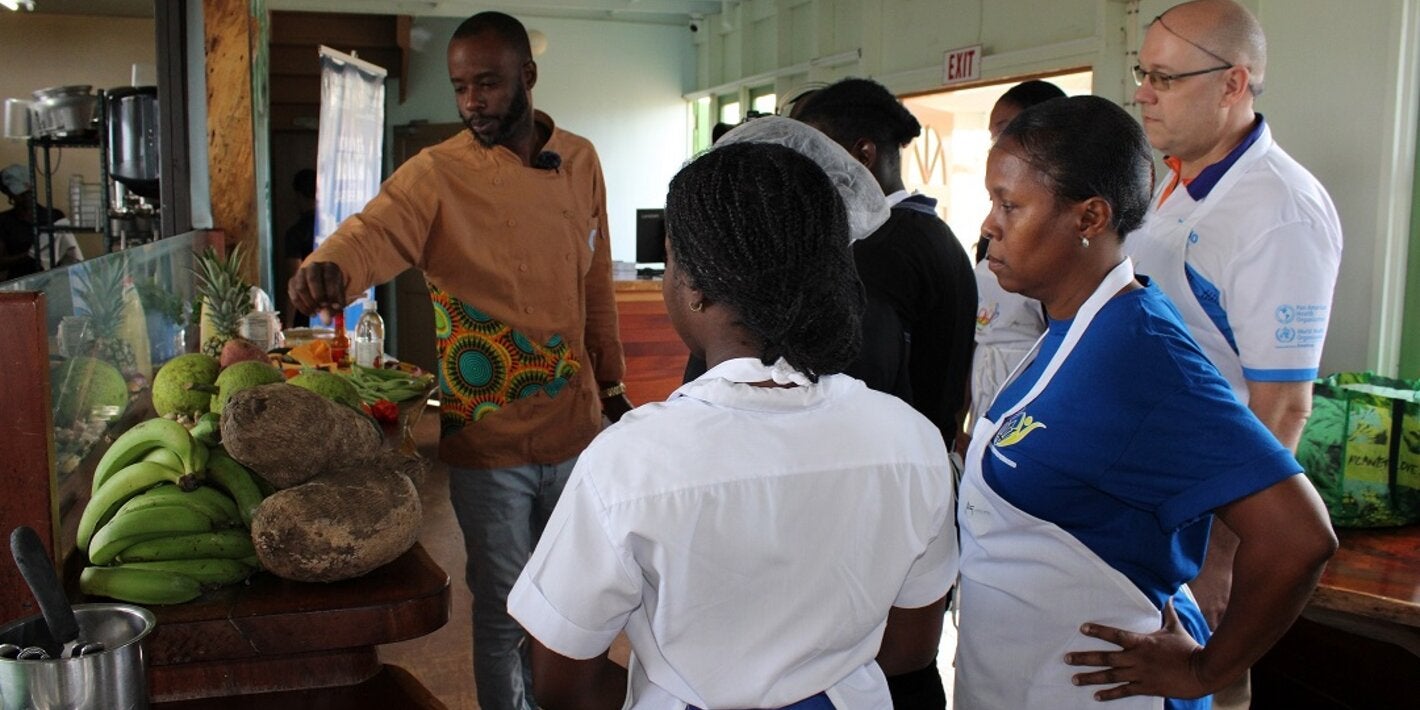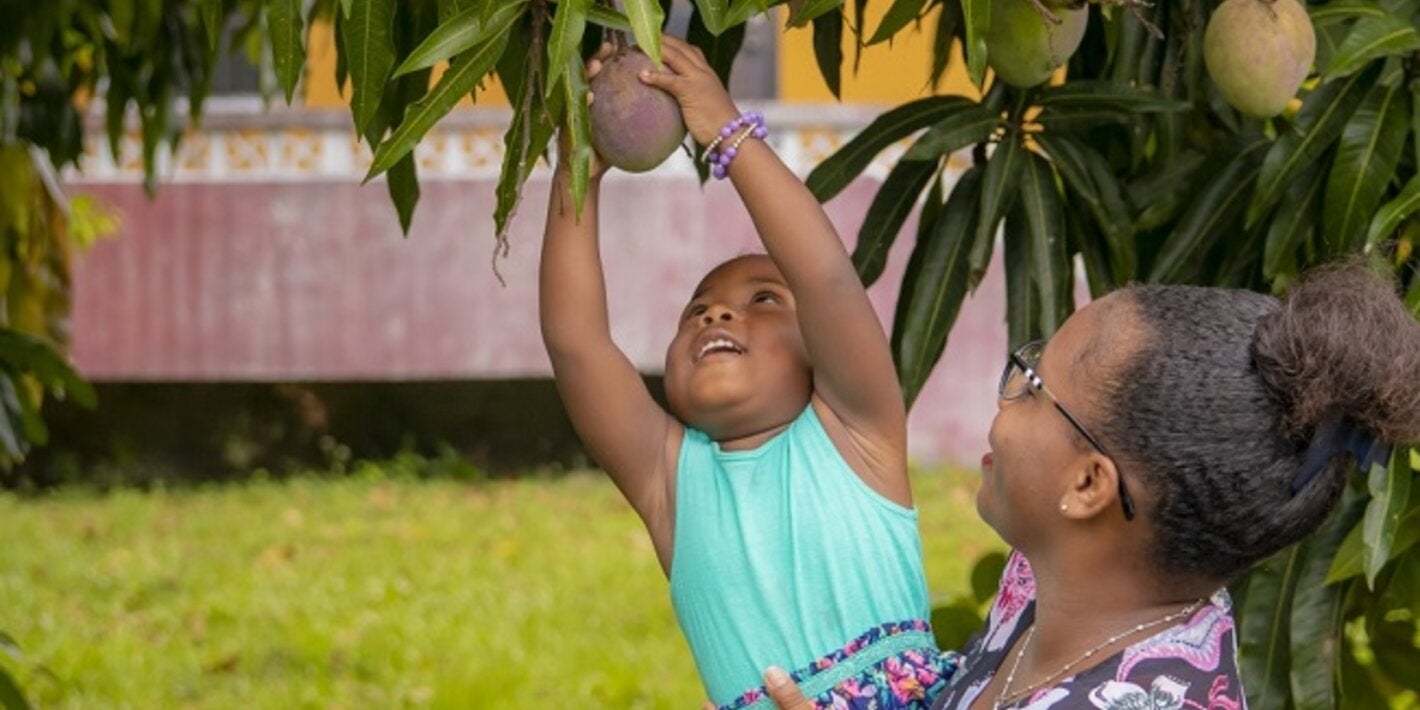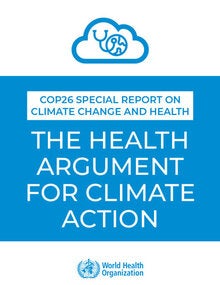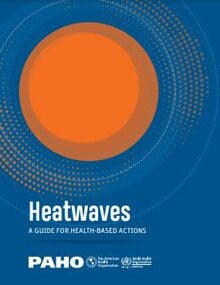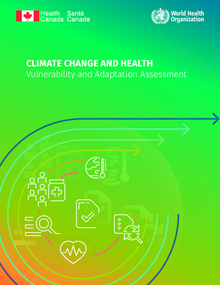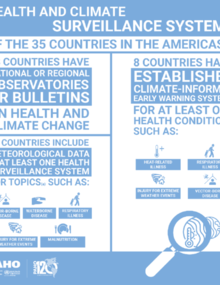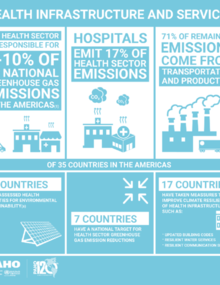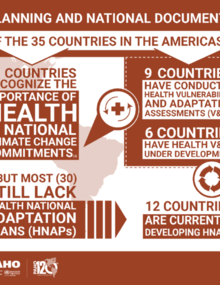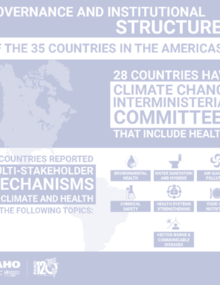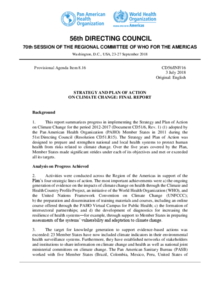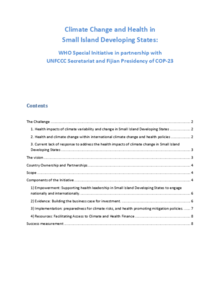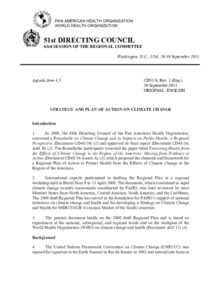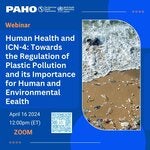Climate change is the biggest global health threat of the 21st century. Health is and will be affected by the changing climate through direct impacts (heat waves, droughts, heavy storms, and sea-level rise), and indirect impacts (vector-borne and airways diseases, food and water insecurity, undernutrition, and forced displacements).
- Climate change is not only a problem for future generations – it's already happening. Higher mean temperatures are recorded each year, and more people are being affected by disasters, climate-sensitive diseases and other health conditions.
- Climate change exacerbates some existing health threats and creates new public health challenges. Worldwide, only considering a few health indicators, additional 250,000 deaths per year will occur in the next decades as a result of climate change.
- The health sector has an important role to play in reducing greenhouse gas emissions that are the cause of climate change. Investments to “greening” health care facilities – such as the use of solar panels, energy efficient equipment and waste management – must be made. Globally, only about 0.5% of multilateral climate finance has been attributed to health projects.
- Health care facilities also need to be safe and remain operational during and soon after disasters. In the Americas, 67% of health facilities are located in areas at risk of disasters. In the last decade, 24 million people were left without access to health care for months because of damaged infrastructure.
PAHO's Climate Change and Health Program aims to prepare health systems through early warning, better planning and the implementation of prevention and adaptation measures, but also by reducing the emissions of gases that cause climate change - within the health sector and with other sectors.
PAHO recognizes that climate change poses significant risks to health and well-being and requires concerted efforts by health authorities and other stakeholders to create climate-resilient health systems that can anticipate, prepare, prevent, respond and quickly recover from climate risks. Technical cooperation is provided through collaborations with ministries of health and other government agencies, through the evidence building network of PAHO/WHO Collaborating Centers on Climate Change and Health, and collaborations with the civil society, and regional and international agencies.
Main activities by PAHO Climate Change and Health team:
- Support countries in the preparation of evidence-based policies and plans: health and climate change vulnerability and adaptation assessments (V&A), Health National Adaptation Plans (H-NAPs), PAHO/WHO-UNFCCC country profiles, subregional (Caribbean, Central America, South America) action plans on health and climate change;
- Strengthen national and regional surveillance: development and implementation of early warning systems for climate sensitive diseases and conditions;
- Improve health infrastructure: assess and transform health infrastructure to make them safer and operational during and after climate-related events, and using greener technologies;
- Provide training and awareness-raising: capacity building through workshops and courses on climate change and health, on site and at PAHO’s virtual campus;
- Build partnerships for health co-benefits: promote and measure health co-benefits of intersectoral mitigation actions;
- Empower health representatives: engage health in climate change negotiations and convene technical and high-level meetings on health and climate change;
- Mobilize resources on climate change and health: establishment of a network of donors and preparation of regional and national health mitigation and adaptation proposals for funding.


